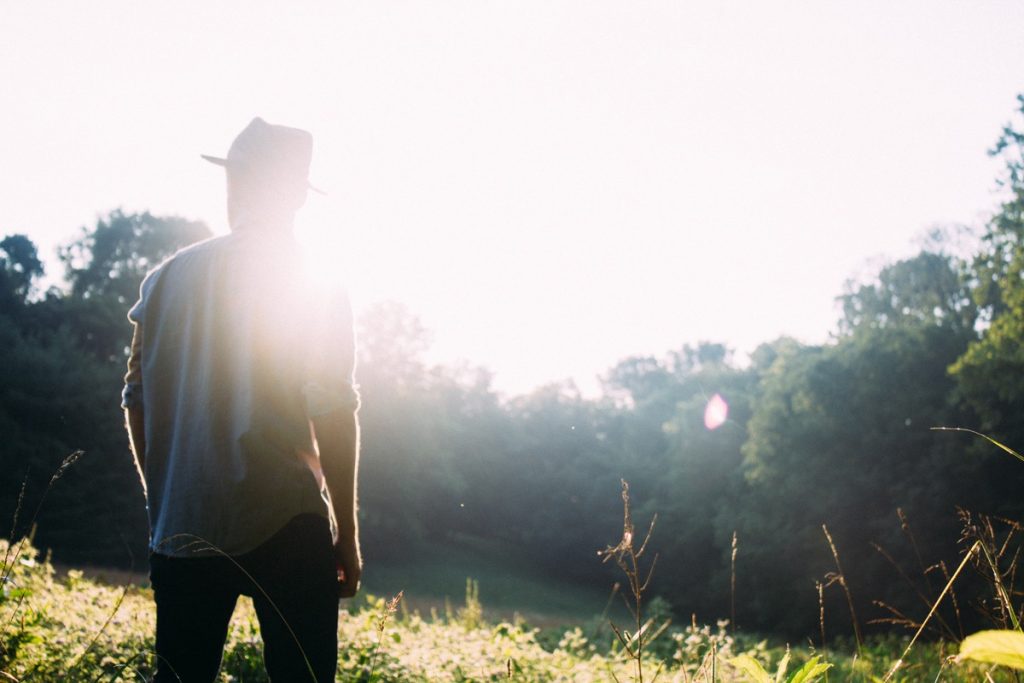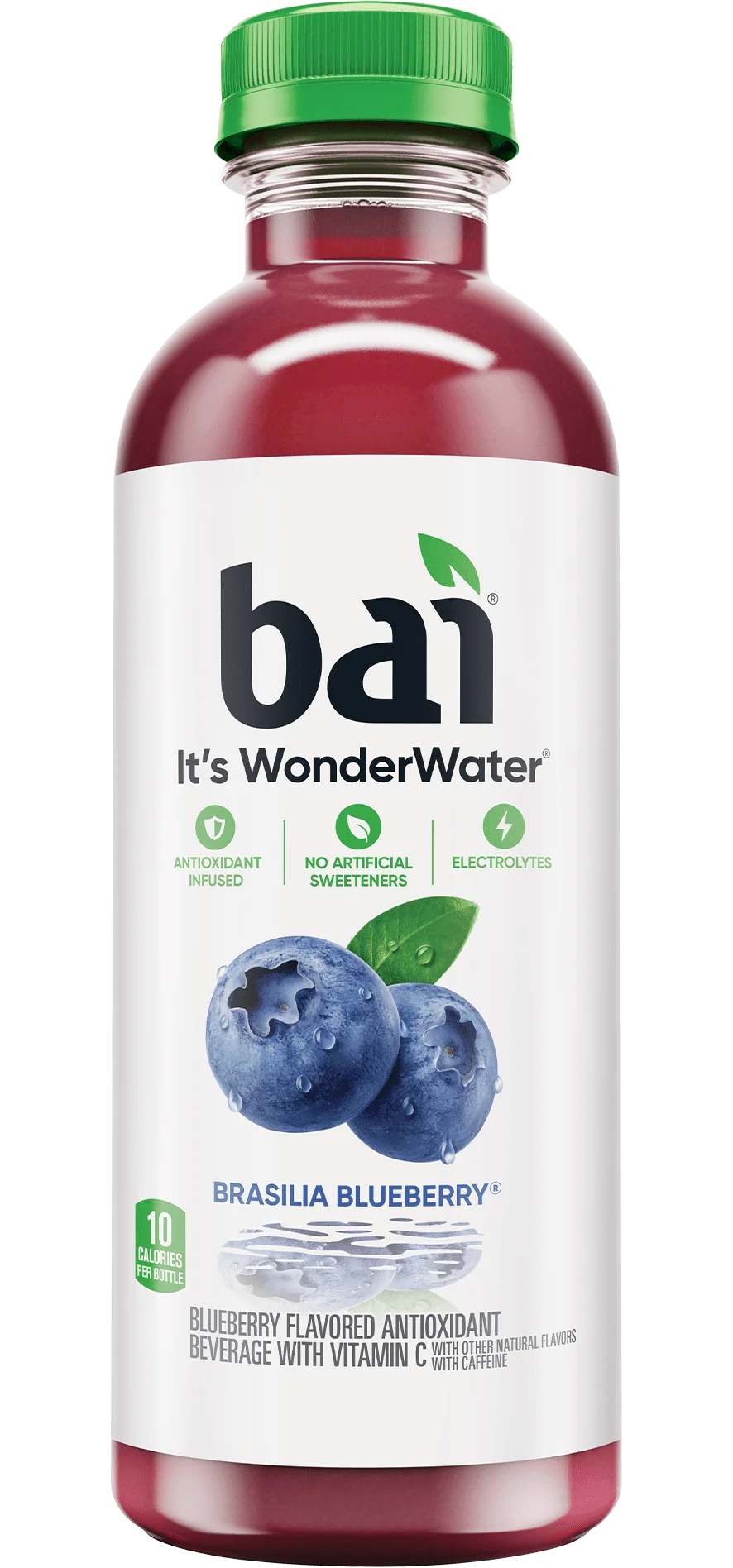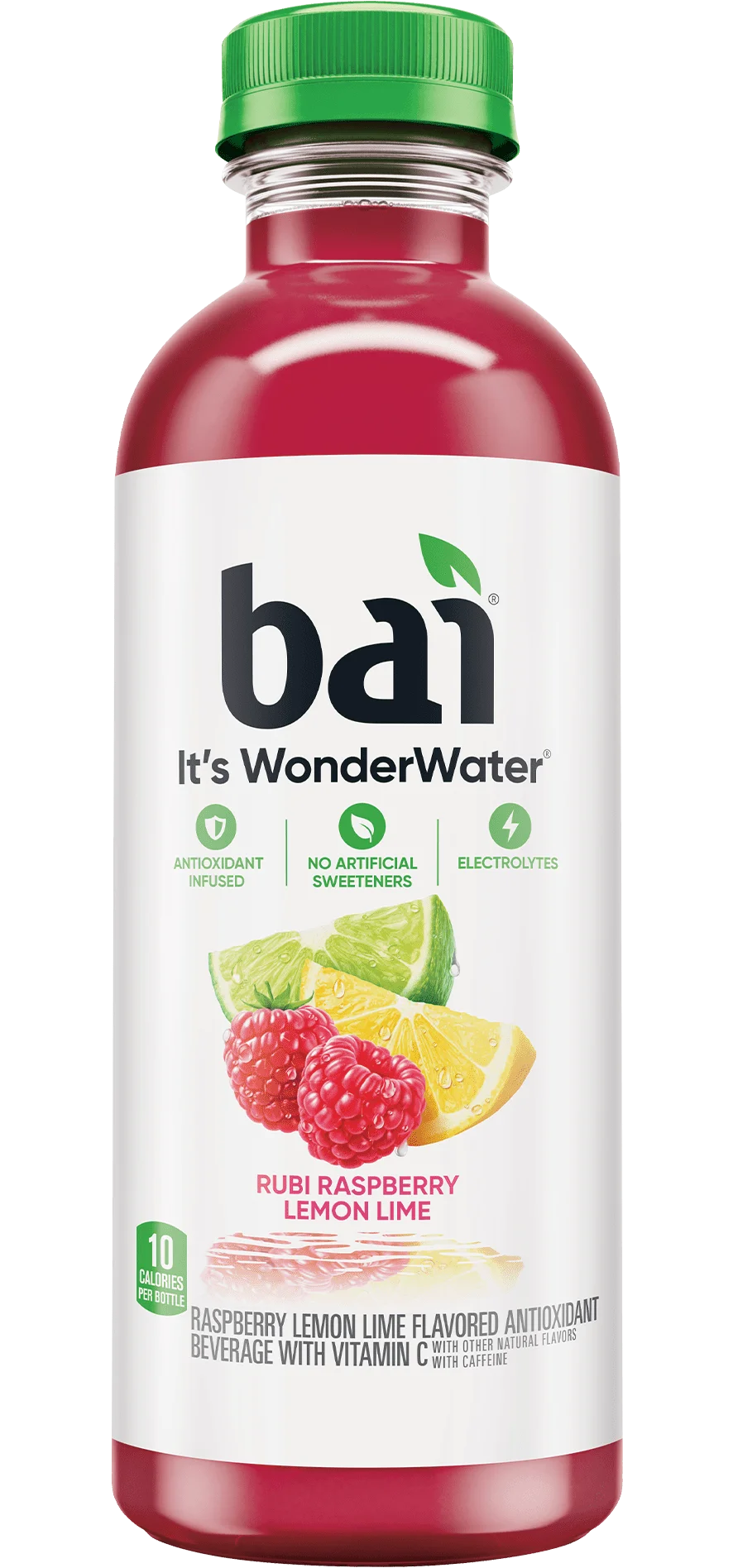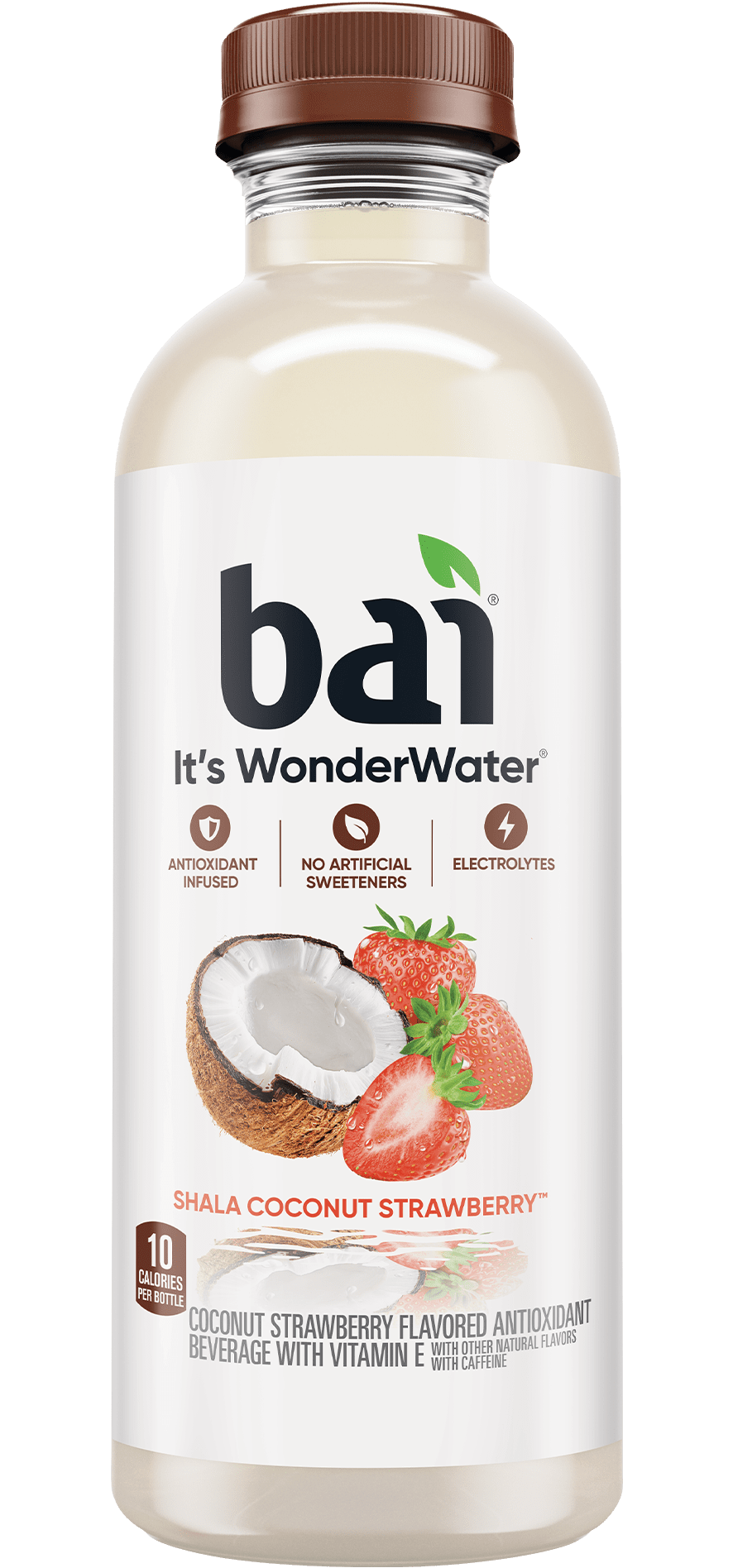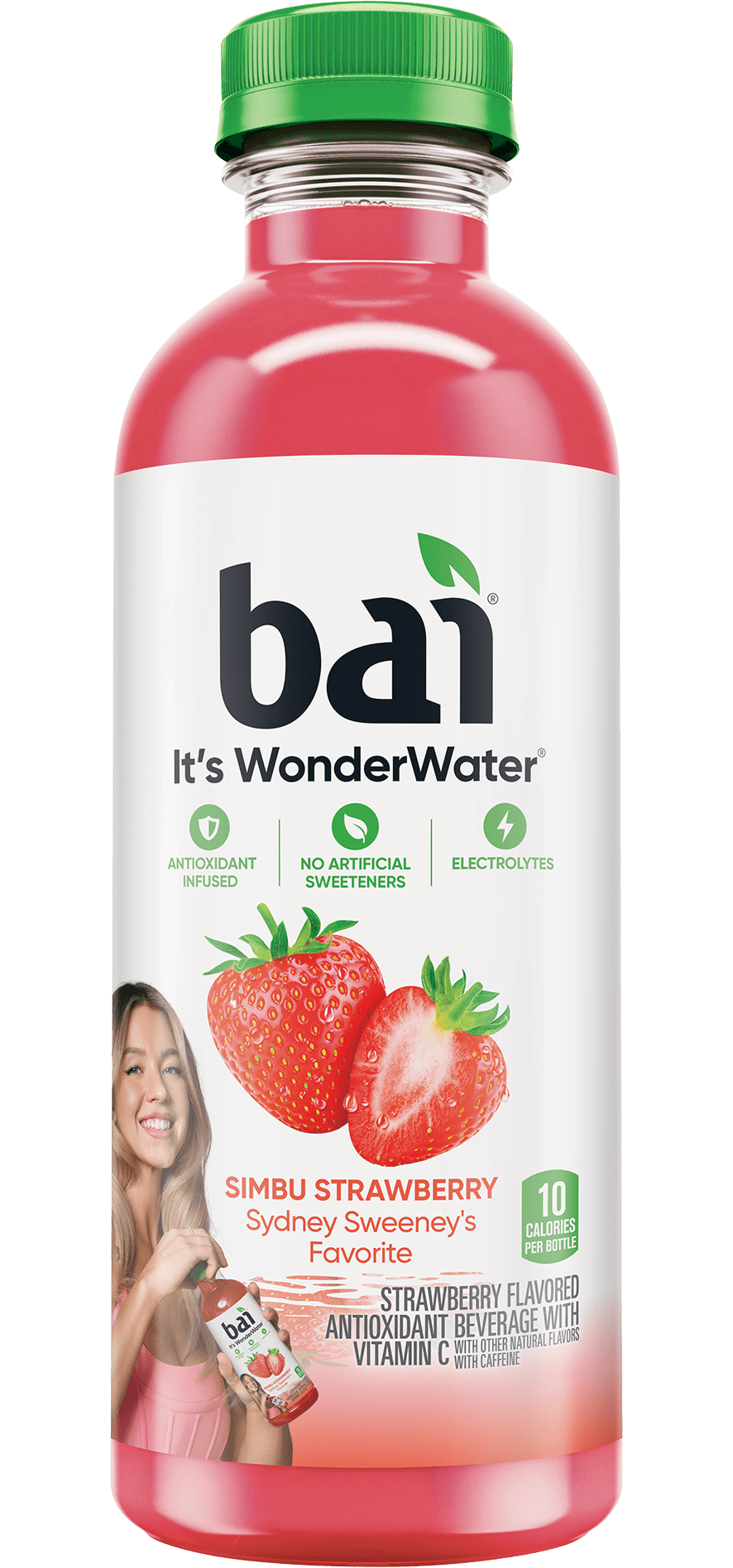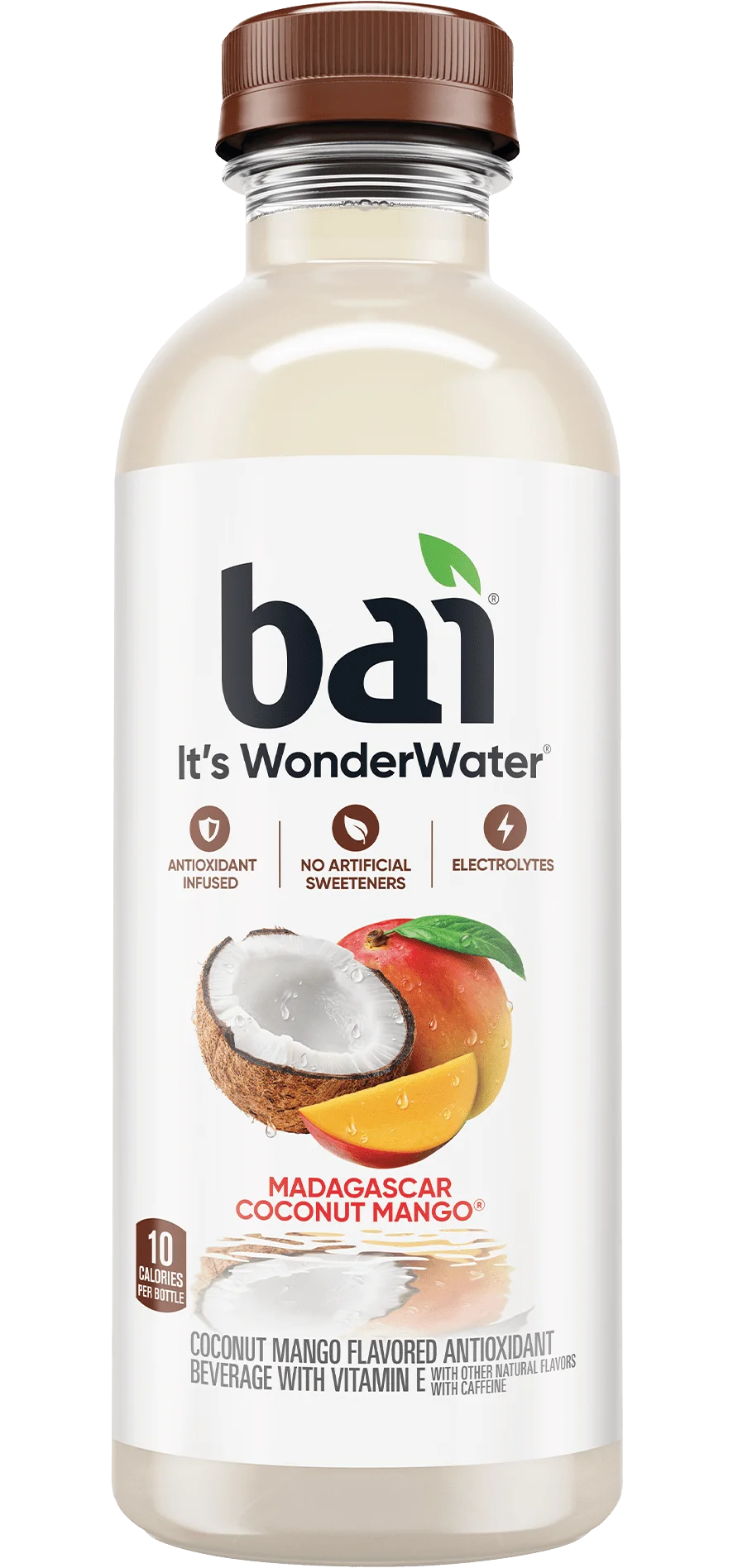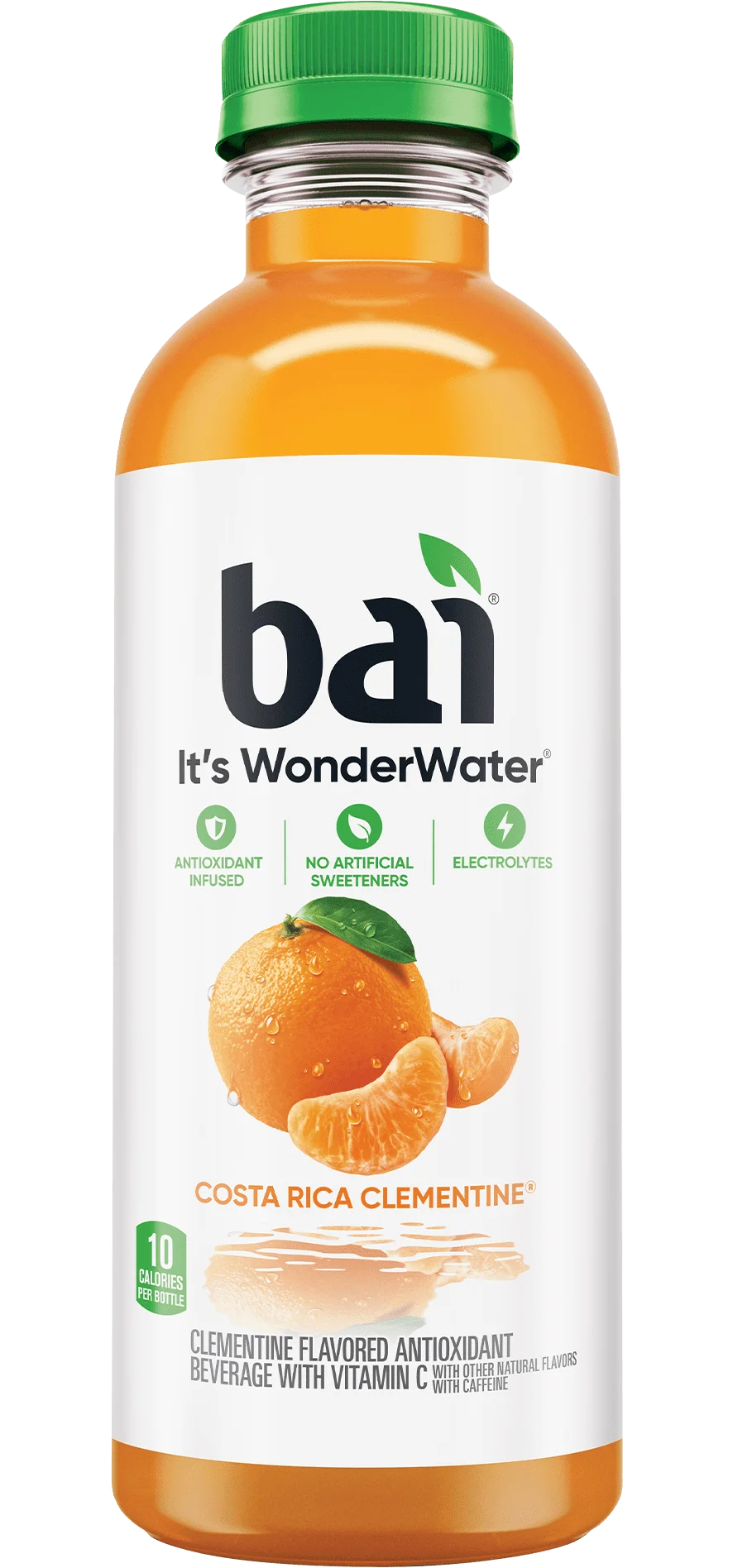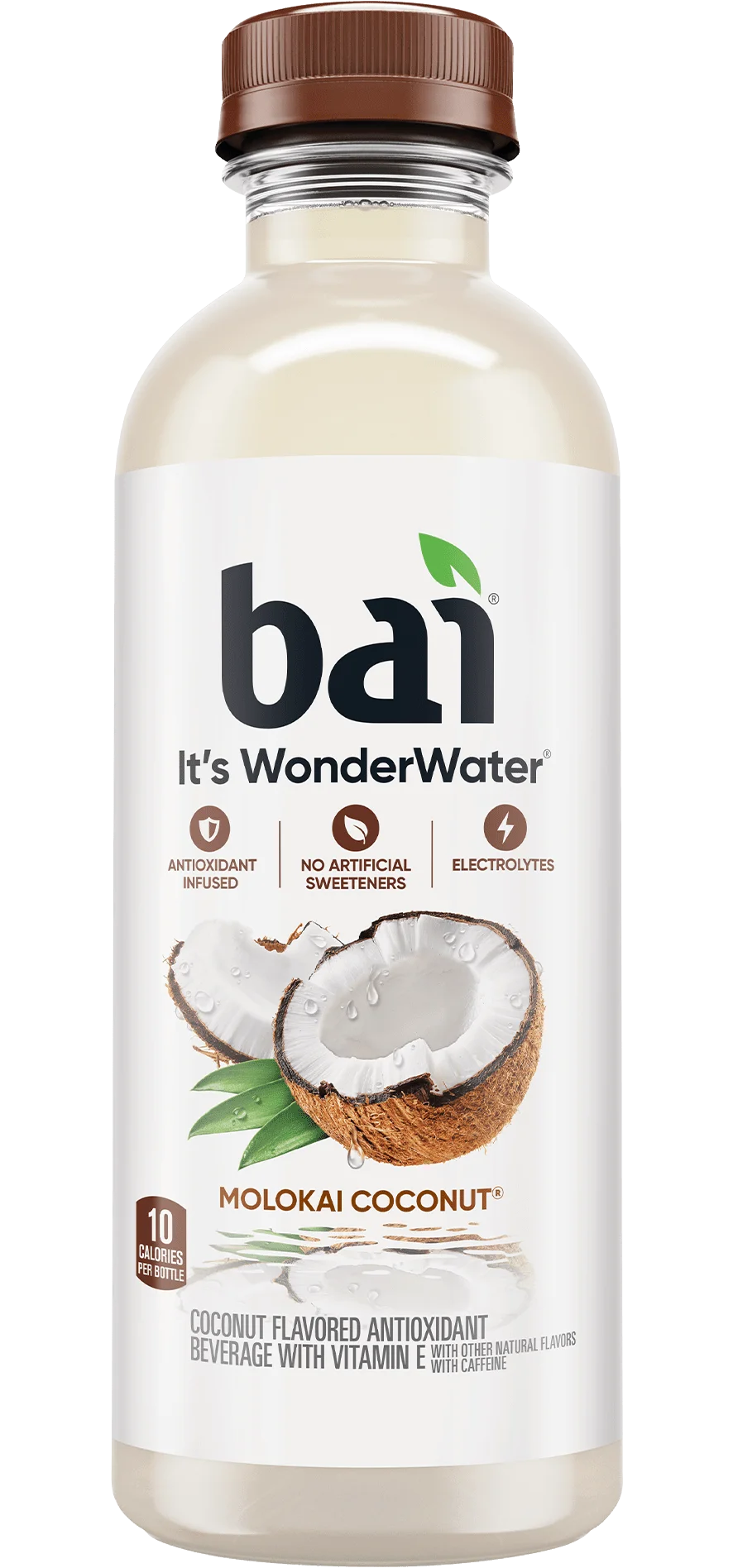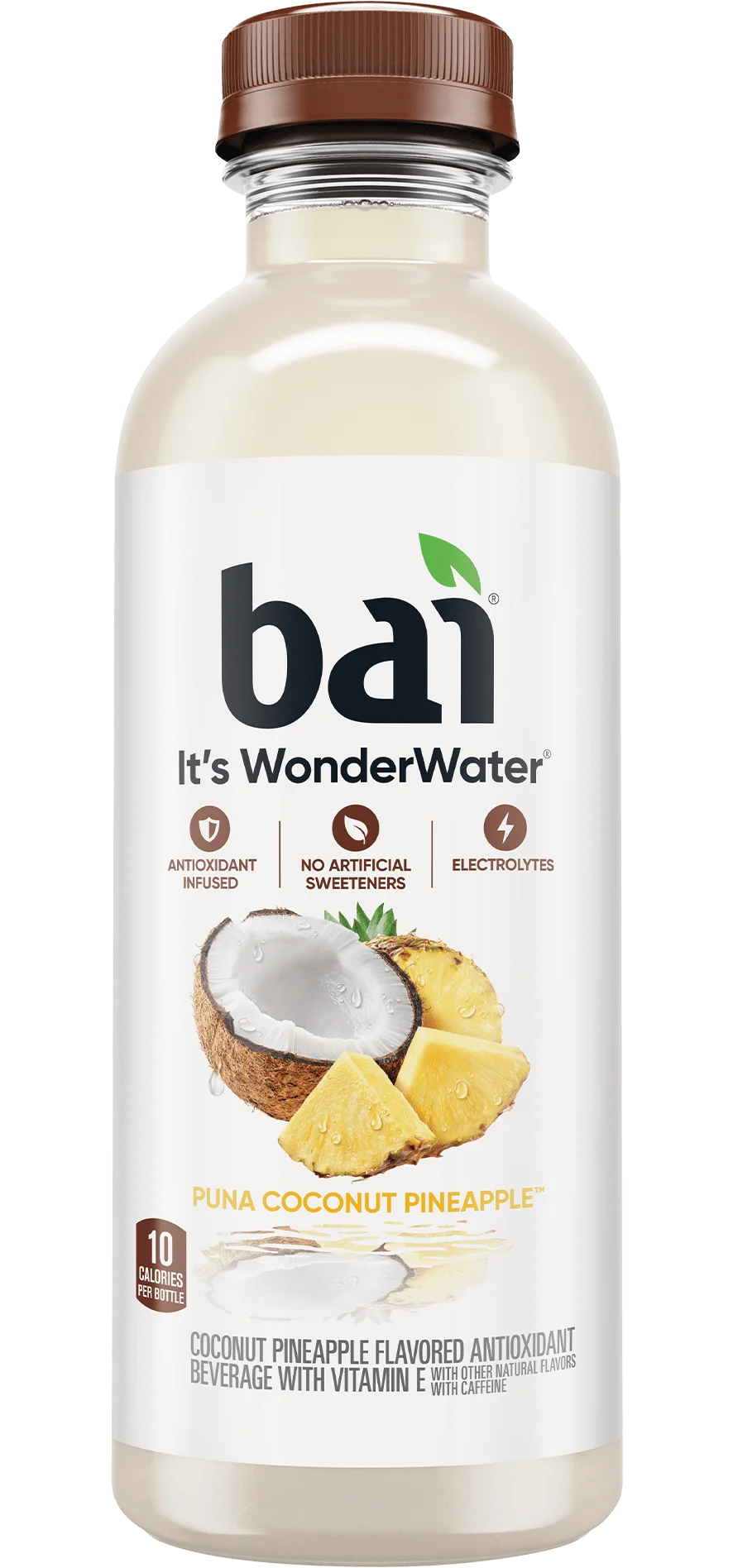As the days get longer and the trees get greener, there become more and more reasons to spend time outside. Head to the farmer’s market. Join your local running club. Kayak the day away. With these activities comes the exposure to UV rays, and that can make it significantly less exhilarating if your shoulders are too sensitive to put on a life vest. Here’s how to improve your sunshine literacy so you can stay safe while practicing your favorite outdoor activities.
Why Sunlight Makes You Sleepy
If you’re someone who requires a power nap after a sun tan session, you’re not alone. Ultraviolet rays can wear you down in more ways than one- when you begin to overheat, your body works to cool you off. Since most bodily processes require water, this cooldown quickly dehydrates you. You’ll dry out even faster if you’re hot enough to sweat or if you’re drinking alcohol. And initial symptoms of mild dehydration include fatigue, headache and exhaustion. To keep energized in the sunlight, be sure to drink plenty of water before heading outside and periodically spending time in the shade to make cooling down easier on the bod.
Deciphering UV Index
Ever spend a day lying out under a clear blue sky with no tan to show for it? Or take the dog for a 15 minute walk on an overcast day and end up with a red face? UV index is largely to blame. Factors ranging from wind patterns to time of day to being around reflective surfaces like snow, light sand or water can dictate rays’ intensity and your likelihood of burning. Exercising preventative measures like checking index before heading outside can help you keep from getting scorched. Some weather apps will include UV index in their daily reports, but separate apps also exist. For reference, anything above a 6 is considered to be high risk for a sunburn. Make sure to reapply sunscreen throughout the day and stay out of the sun at peak hours (10am to 4pm) if possible.
What Does SPF Even Mean?
SPF stands for Sun Protection Factor, and while a common misconception exists that this strictly translates to what percentage of sunburn-causing UV B rays get blocked, it mainly refers to how long the sunscreen will protect you for. So, if you naturally begin to burn after 10 minutes in the sun without any block, SPF 15 will increase this time by 15, and you’ll be able to be outside for 150 minutes before the redness kicks in. SPF value does make a bit of a difference in the amount of ray blockage, but not by much; SPF 15 will shield you from 93% of UVB rays while SPF 30 takes care of about 97%. When selecting lotion, be sure to keep your skin needs in mind. Will you be able to reapply in intervals or will you be occupied for multiple hours in a row? Do you plan on swimming or getting drenched in sweat? Choose accordingly.
Hacks for Decreasing Sunburn Probability
-You can definitely get burned on any cloudy day, but cloud type plays a significant role. Gray clouds let less than 50% of rays through, while white fluffies only block around 20%.
-As a general rule of thumb, if your shadow is shorter than you are, sun intensity is peaking. Either stay in the shade or apply sunblock until your shadow is taller than you.
-Since dark colors absorb light, dark hair can attract sunlight to your face and scalp. Cover your head to keep your cheeks from going past ‘rosy.’

